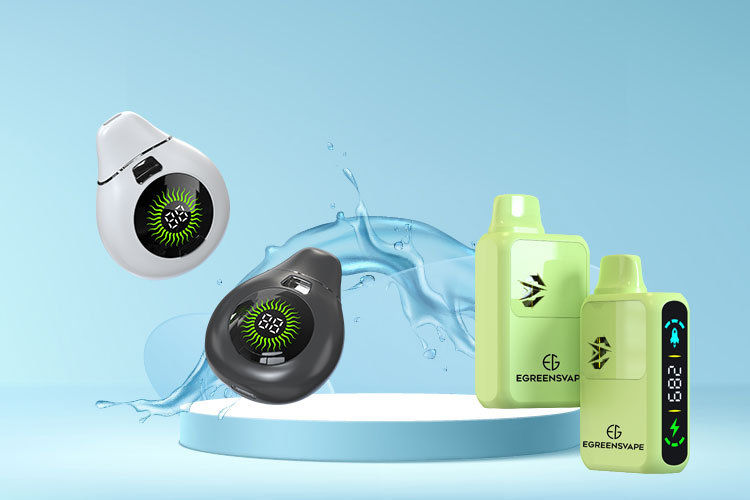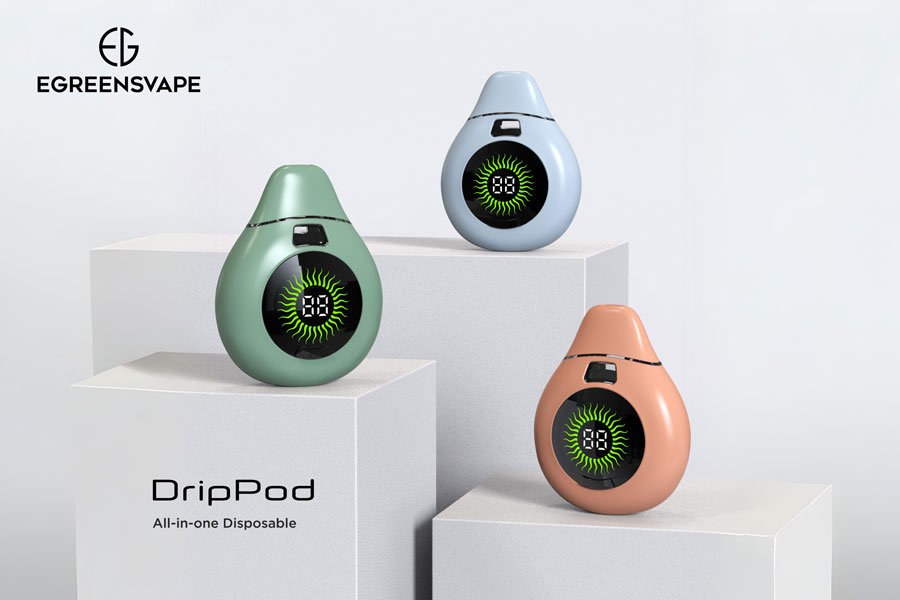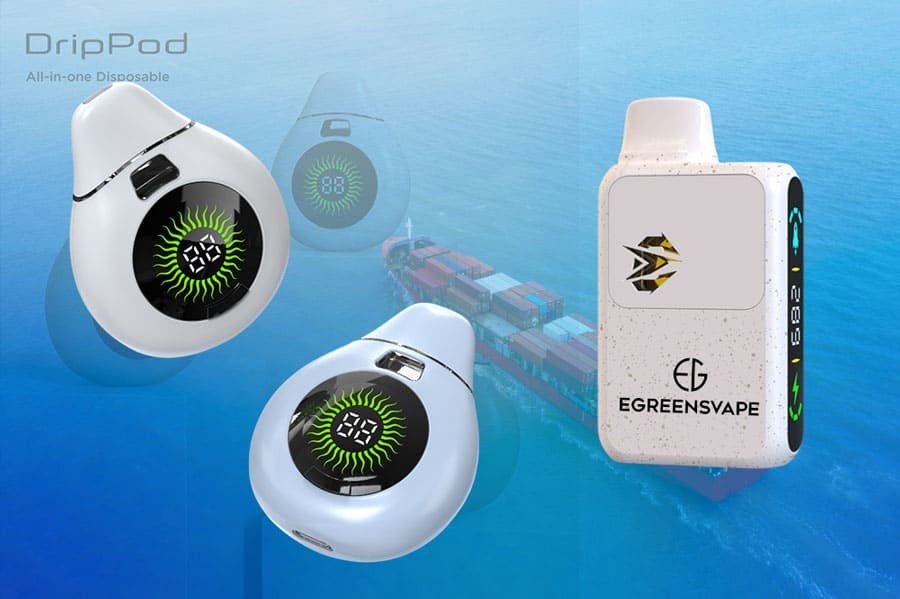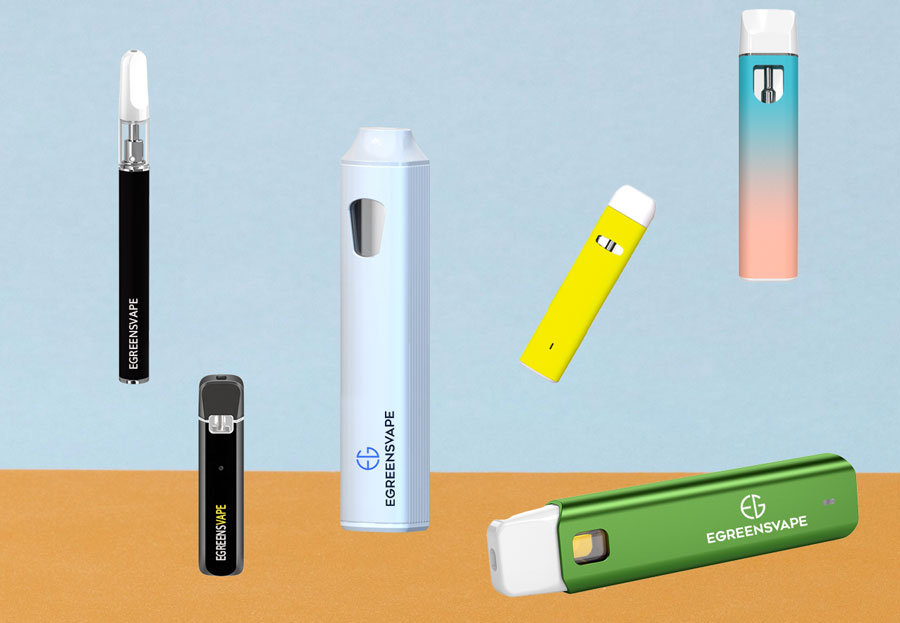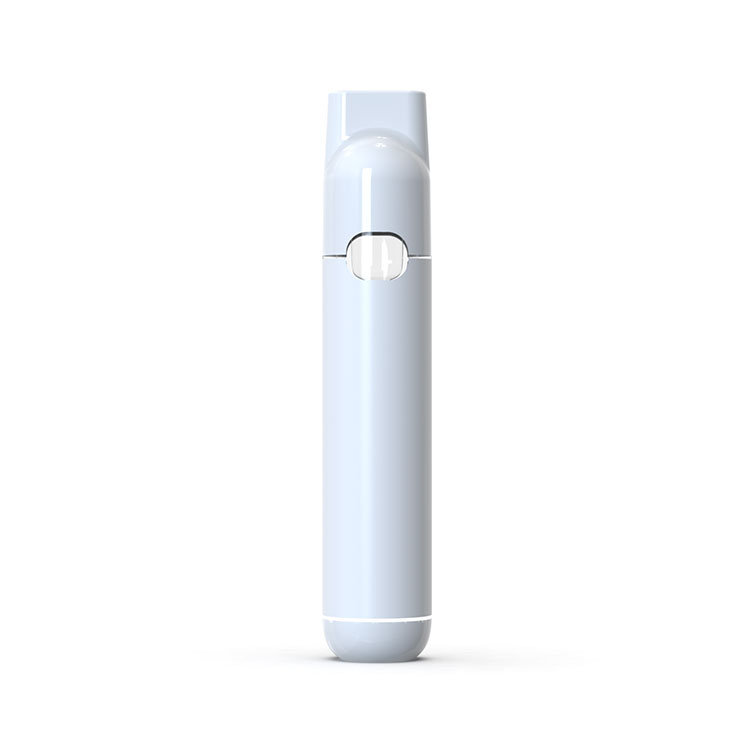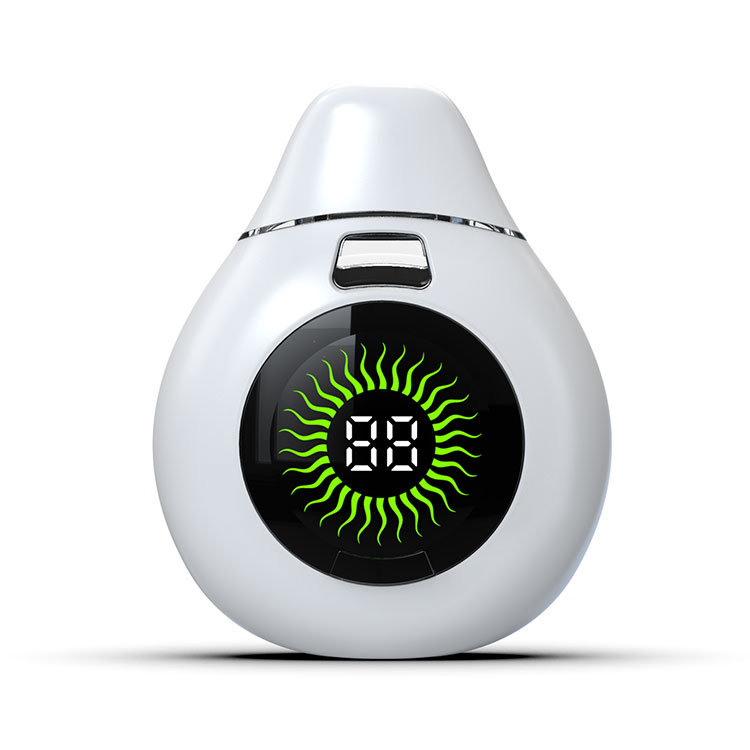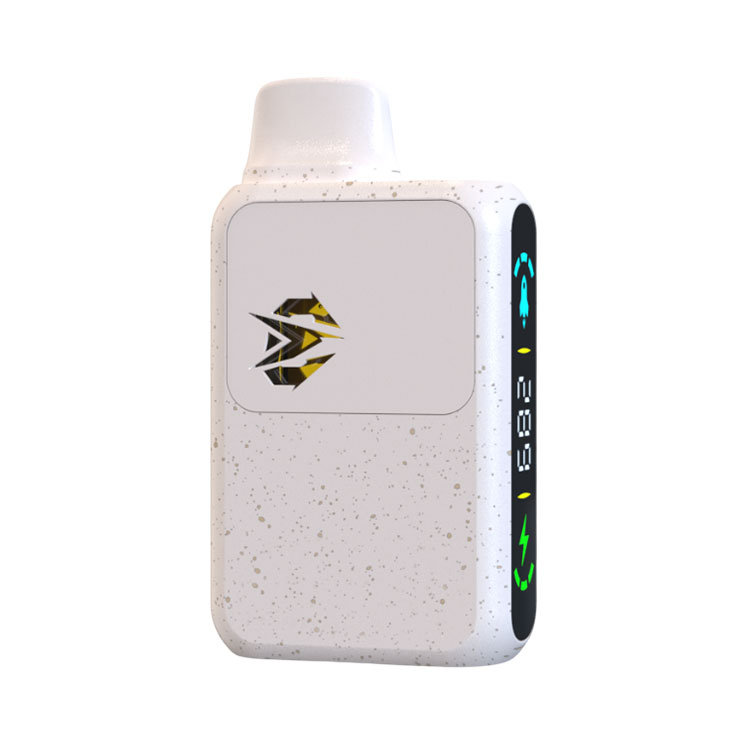Vape cartridges work by heating oil-based concentrates or e-liquids using a battery-powered heating element, which vaporizes the contents for inhalation.
Vape cartridges are compact devices designed to hold and vaporize these substances securely. Their cylindrical structure, often made of glass or plastic, houses concentrated materials. A common feature is the 510-thread connection at the bottom, allowing compatibility with various vape pens and batteries.
The popularity of vape cartridges among users can be attributed to their convenience and discretion. They offer a user-friendly method for consuming concentrates without traditional smoking methods. As vaping technology evolves, many cartridges now incorporate advanced features like ceramic cores that enhance flavor and prevent leaks.
In this article, we will explore:
- The essential components of vape cartridges and how they function
- Tips for filling and maintaining your cartridges
- Troubleshooting common issues encountered by users
- Selecting the right oil for a personalized vaping experience
Understanding these aspects will enhance your knowledge about how vape cartridges work and provide insights into their effective use.
1. Key Components and Their Roles in Vape Cartridge Functionality
Understanding the components of a vape cartridge is essential for maximizing the vaping experience. Each part plays a crucial role in delivering vapor effectively.
Ceramic Core
This advanced technology enhances vapor quality by utilizing microscopic pores that allow for smooth oil flow. The ceramic core improves flavor and helps prevent leaks, making it a popular choice among users seeking a clean and flavorful experience.
Heating Coil and Wick
The heating coil activates when powered, vaporizing the oil contained within the cartridge. Paired with a wick, this component ensures efficient absorption of the oil, leading to consistent vapor production. Precision engineering in these elements enables flavorful clouds with every inhale.
Oil Housing
The oil housing is designed to maximize capacity, holding enough oil to extend usage between refills. Its structure ensures smooth flow and minimizes the chances of clogging or leakage, allowing users to enjoy uninterrupted sessions.
510 Threading
The 510 threading refers to the standard size and design of the cartridge’s connection, making it compatible with a wide range of vape pens or batteries. This universal feature allows users to easily switch between different cartridges and devices, providing flexibility and convenience. It is important to note that while most cartridges adhere to this standard, it is always advisable to check compatibility before use.
Mouthpiece
The mouthpiece is another component of a vape cartridge, responsible for delivering vapor to the user. Its ergonomic design ensures comfort during inhalation while maintaining a secure seal to prevent any leakage.
Understanding these components and their functions equips users with the knowledge necessary for an enhanced vaping experience. By selecting high-quality cartridges that incorporate these features, individuals can enjoy smooth, flavorful vapor without any hassle.
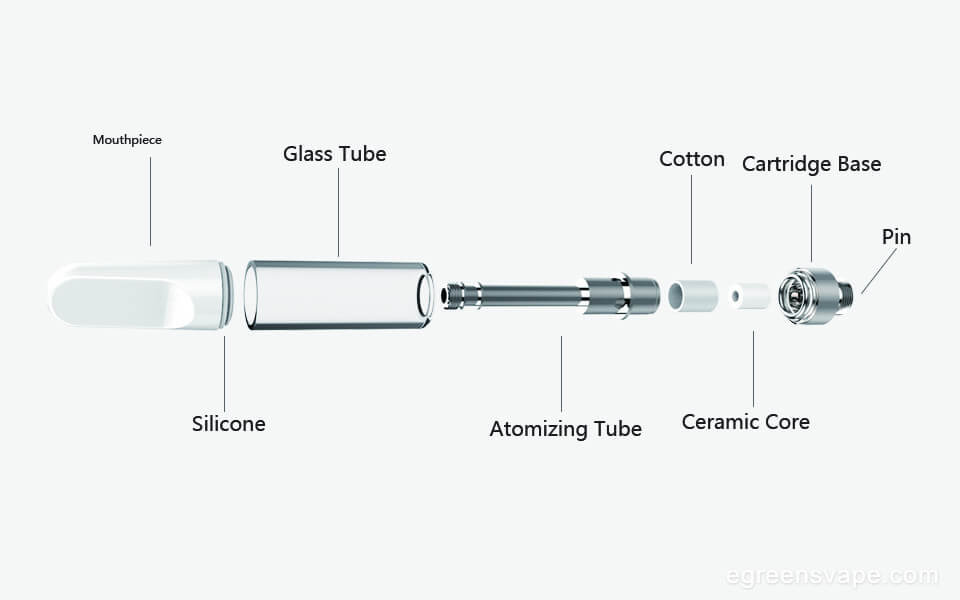
2. How Vape Cartridges Function: The Vaping Process
To understand how a vape cartridge works, it’s important to look at each step in the vaping process:
Connecting the Cartridge
The cartridge attaches securely to the battery via a 510-thread connection. This compatibility ensures stability and efficiency during use.
Activation Mechanisms
There are two main methods of activating the heating element in a vape cartridge:
- Button-Activated: Users press a button to initiate the heating process. This method allows for more control over vapor production by regulating inhalation duration.
- Draw-Activated: Inhalation through the mouthpiece automatically activates the heating element. This approach provides a seamless experience without additional steps.
Powering the Heating Element
The battery plays a crucial role in this process. Once activated, it channels power to the heating coil within the cartridge. The coil heats up rapidly, reaching temperatures that vaporize the oil stored inside.
This complex interaction of parts and technology results in flavorful vapor being delivered directly to the user. Understanding these mechanisms enhances appreciation for advanced vaping technology and its impact on overall experience.
3. Filling, Refilling, and Maintaining Your Vape Cartridges
Filling a vape cartridge correctly is essential for maximizing your vaping experience. Here are step-by-step instructions for filling a refillable cartridge using a syringe:
- Gather Your Materials: Ensure you have a syringe, desired oil, and a clean workspace.
- Prepare the Cartridge: Remove the mouthpiece and ensure it is clean and dry.
- Fill the Syringe: Draw oil into the syringe without any air bubbles.
- Insert the Syringe: Carefully insert the needle into the filling port of the cartridge.
- Inject the Oil: Slowly push down on the plunger to fill the reservoir; avoid overfilling to prevent leaks.
- Reattach the Mouthpiece: Once filled, securely attach the mouthpiece back onto the cartridge.
To avoid leaks during refilling:
- Use an appropriate syringe size for precision.
- Avoid overfilling beyond recommended capacity.
Recognizing when to replace your cartridge is crucial for maintaining optimal performance. Look for signs indicating an empty cartridge:
- Weak or inconsistent vapor production
- A burnt taste during inhalation
- Visible oil residue in the reservoir
Regular maintenance enhances longevity and ensures a smooth vaping experience without interruptions. Understanding how vape cartridges work allows users to make informed decisions about refilling and replacements effectively.
4. Troubleshooting Common Issues with Vape Cartridges
Vape cartridges can sometimes present challenges that impact user experience. Understanding these issues and their solutions is essential for maintaining optimal performance.
Common Problems
- Burnt Taste: This may occur when the heating element overheats or when oil is depleted.
- Leaking Cartridges: Caused by overfilling, temperature fluctuations, or damaged seals.
- Weak Vapor Production: Insufficient battery power or clogged airflow paths can lead to diminished output.
Solutions for Troubleshooting
- Addressing Burnt Taste:
- Ensure proper oil levels; refill if low.
- Adjust temperature settings on your battery to prevent overheating.
- Fixing Leaks:
- Check for cracks or damages in the cartridge.
- Avoid overfilling; leave some space at the top.
- Improving Vapor Production:
- Replace the battery if it lacks sufficient power.
- Clean mouthpiece and airflow holes using a soft cloth or cotton swab to remove blockages.
By identifying these common issues and implementing effective solutions, users can enhance their vaping experience and prolong their cartridges’ life.
5. Exploring Different Types of Oils Used in Vape Cartridges
There are various oil-based herbal concentrates available that can enhance your vaping experience:
- Distillate: Highly refined oil offering potency without strong flavor; ideal for users seeking strength.
- Live Resin: Captures fresh cannabis essence, preserving terpenes for rich flavor profiles.
- Rosin: A solventless extract providing deep taste and aromatic experiences; appealing to those who prefer natural methods.
Choosing the right type of oil significantly impacts how vape cartridges work, influencing both flavor and strength. Each option caters to different preferences and desired effects.



